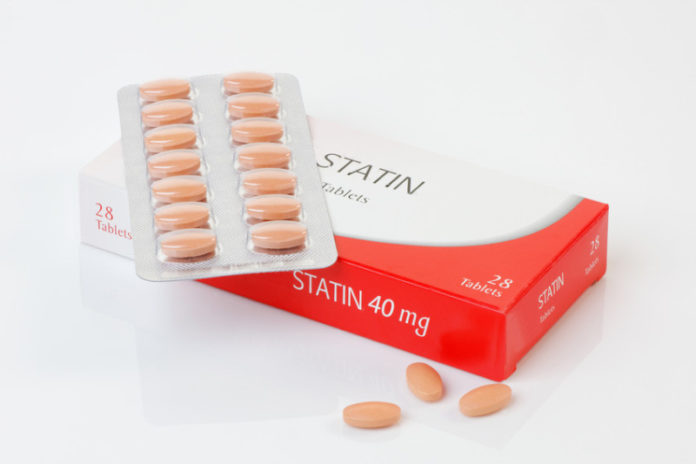
Nearly all individuals in their late 60s and early 70s — including 100 percent of men — now qualify for and should consider starting a statin medication to reduce their risk of cardiovascular disease, under the recently released cholesterol guidelines from the American College of Cardiology (ACC) and the American Heart Association (AHA).
That’s according to a research letter published today in the 11/20/2014 (JAMA-IM) by Michael D. Miedema, MD, MPH, a research cardiologist at Minneapolis Heart Institute Foundation and cardiologist at Minneapolis Heart Institute® at Abbott Northwestern Hospital.
Released in November 2013, the ACC/AHA guidelines for the treatment of blood cholesterol attempt to target individuals that are most likely to benefit from cholesterol-lowering statin therapy.
“The guidelines are a significant change from prior guidelines that relied heavily on levels of bad cholesterol to determine who to treat,” states Dr. Miedema. “Instead, the new guidelines recommend focusing statin therapy on the individuals that are at the highest risk for heart attack and stroke, even if their cholesterol levels are within normal limits.”
In addition to recommending statin therapy for individuals with known cardiovascular disease, diabetes, or markedly elevated cholesterol levels, the guidelines also recommend statin therapy for individuals without these conditions, but with an elevated estimated risk of a heart attack or stroke in the next 10 years based on a risk calculator. The calculator factors in an individual’s age, gender, race, and risk factors and recommends that patients with an estimated 10-year risk above 7.5% consider statin therapy.
While Dr. Miedema believes the scientific evidence supports this “risk-based” approach, one potential concern is that the risk calculator relies too heavily on age to determine an individual’s risk. “Older individuals will likely cross the 7.5% threshold based on age alone, even if they have normal cholesterol levels and no other cardiovascular risk factors, and our study confirms this notion.”
Miedema and his colleagues studied 6,088 black and white adults between the ages of 66 and 90 in the Atherosclerosis Risk in Communities (ARIC) Study, a longitudinal study of cardiovascular disease sponsored by the National Heart, Lung, and Blood Institute that has been following participants for about 25 years. The ARIC cohort was reassessed in 2013, and the study analyzed the volume of statin-eligible participants based on the previous Adult Treatment Panel (ATP) III cholesterol guidelines compared to the newer ACC/AHA guidelines.
“Based on the ATP III guidelines, we found that just over 70% of the ARIC participants were eligible for statin therapy,” Miedema said. “In contrast, 97 percent were statin eligible by ACC/AHA criteria. For men 66-75 years old, the qualification rate was 100 percent.”
While half of the cohort was older than 75, the ACC/AHA guidelines do not provide a recommendation for or against statin therapy for people of that age group. However, researchers noted that more than half of these older individuals in the study were taking a statin.
“We don’t have great data on the efficacy of statin medications in the elderly so the guidelines drew a cut-off for the recommendations at age 75,” Miedema said. “This is understandable, but it kind of leaves clinicians in the dark as to what to do with healthy elderly patients, who are often at high risk for heart attacks and strokes.”
“We clearly need more research looking at the best way to determine who should and should not take a statin, as well as the risks and benefits of statin therapy in elderly patients,” Miedema said.
Story Source:
The above story is based on materials provided by Minneapolis Heart Institute Foundation. Note: Materials may be edited for content and length.
Journal Reference:
- Michael D. Miedema, Faye L. Lopez, Michael J. Blaha, Salim S. Virani, Josef Coresh, Christie M. Ballantyne, Aaron R. Folsom. Eligibility for Statin Therapy According to New Cholesterol Guidelines and Prevalent Use of Medication to Lower Lipid Levels in an Older US Cohort. JAMA Internal Medicine, 2014; DOI: 10.1001/jamainternmed.2014.6288
